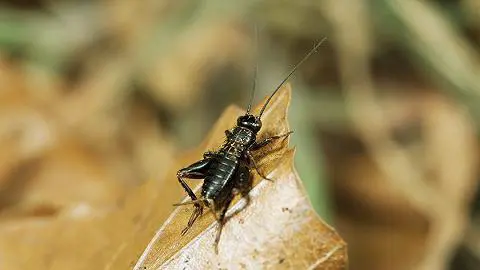HEADLINE: ANCIENT DUNHUANG CUISINES RECREATED
INTRO: The kinds of delicacies once enjoyed by residents along the ancient Silk Road have been recreated in northwest ’s . And it’s all thanks to joint efforts by historians and chefs.
China View has more.
VO: If you’ve ever wondered what Chinese people ate more than 1,000 years ago, now you have the opportunity to try for yourself.
Scholars and chefs in northwestern
have recreated hundreds of ancient cuisines, using recipes recorded on the walls of the Mogao Grottoes.
Situated along the ancient Silk Road, the 1,600-year-old Mogao Grottoes are home to the many cultural exchanges that took place along the road, and as a result became
's first UNESCO World Heritage site in 1987.
Inside the more than 730 caves, over 2,000 colored sculptures and 45,000 square meters of frescoes are preserved.
The first collection of caves was unearthed by Buddhist monks and used for meditation. The site later started to attract a large number of Buddhists who built cave temples, and created the magnificent art.
At least 50,000 documents have been found within the caves, with more than 700 pm the topics of food and dietary habits. Many frescoes also contain vivid depictions of banquets and cuisines.
Zhao Chang’an, a renowned chef in
province, is the man behind the idea to recreate the ancient cuisines. He told china vewi how he has been studying these documents for decades.
SOUNDBITE (CHINESE) ZHAO CHANG’AN, Chef:
“I first started studying Dunhuang cuisine in 1985. After more than 20 years, we have recreated 400 to 500 of these ancient dishes. About 100 of them are quite popular among our clients. We have also brought back 11 ancient cooking techniques, which have been lost over time.
VO: Clients can order an all-Dunhuang banquet at Zhao’s restaurant, which feature dozens of dishes created using ancient dishes, as well as a demonstration of ancient formal dinning traditions.
Zhao says that a lot of research went into the recreation of each dish. To guarantee the authenticity of the ancient banquet, he’s cooperated with renowned historians and cultural experts to verify the recipes and confirm every detail regarding dinning manner.
All the dishes, which include lamb chops, roasted fish and steaks, have been made using modern day materials, however each dish comes with its own wonderful story.
In history, Dunhuang was a centre of business and cultural exchange between
and the West, therefore many of the cuisines have a western influence.
SOUNDBITE (CHINESE) ZHAO CHANG’AN, Chef:
“The Silk Road was initially a trade route, which later developed as a platform for cultural exchange. A major part of communication at that time was concerned with food. Some western food materials and cooking methods were introduced to Dunhuang by foreign merchants, and gradually adapted to the taste of locals. Therefore, Dunhuang cuisine is actually a symbol of international cultural integration.
VO: Dunhuang has witnessed the development of various religions in
, including Buddhism and Taoism. As a result, some cuisines recorded in the Mogao Grottoes are related to people’s religious practices, for example, Shen-xian-zhou, or “porridge of immortals.
The porridge is made using a recipe unearthed from the Sutra Cave of Mogao Grottoes, which is estimated to be at least 1,100 years old. The original document is now preserved in the National Library of France.
Historians say that the recipe was invented by Taoist priests, who believed the porridge could help advance their qigong practice and achieve longevity.
SOUNDBITE (CHINESE) ZHAO CHANG’AN, Chef:
“The recipe of the porridge was attached to a list of instructions for Taoist priests. They would eat the porridge during meditation and qigong practice. We now serve the original porridge, as well as a modified version, which combines the porridge with hot pots.
VO: Zhao considers his work to be of great academic value. He said that while most Dunhuang scholars spend their lifetime studying the frescoes and the sutras, the culinary culture shouldn’t be ignored.
His dedication has been acknowledged by academia, and he has been elected as the vice president of the Society of Dunhuang Studies of Gansu.
Meanwhile, the Dunhuang banquet he promotes has proved to be a commercial success, attracting gourmet food experts from across
and overseas.
SOUNDBITE (CHINESE) ZHAO CHANG’AN, Chef:
“When studying the history of Dunhuang, it shouldn’t be just about the art. It should be a combination of academics and people’s daily lives. If you’re willing to look into it, the culinary culture of Dunhuang is just as amazing as the Buddhist sculptures and frescoes. When we bring the culture onto the dinner table, more people will be interested in this great heritage.
 简体中文
简体中文





